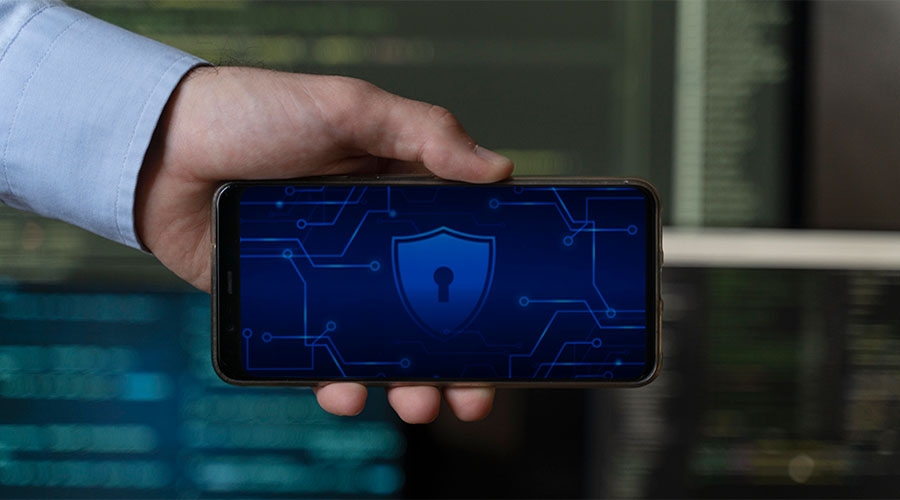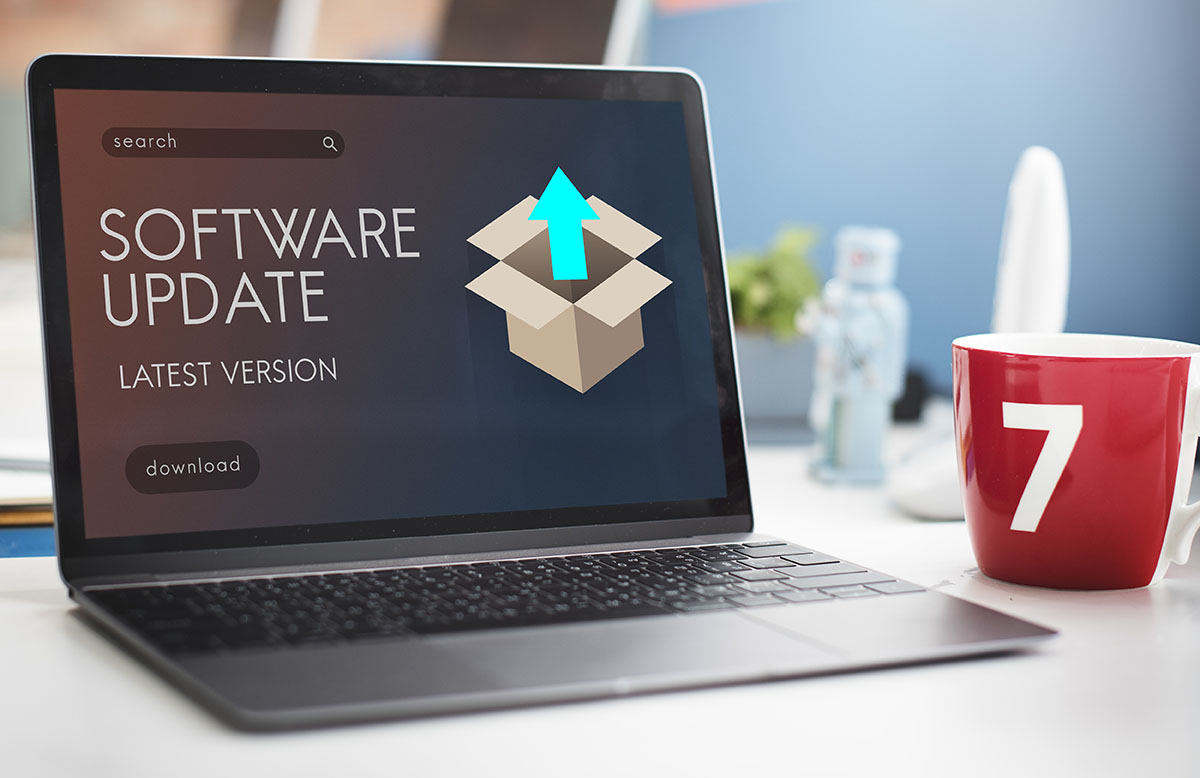Do you have a platform that helps marketers grow their business? If so, let's talk about it in our professional marketing community. Learn More
Cybersecurity Essentials: Safeguarding Your Digital Assets
Originally published: May 07, 2024 09:52:00 PM, updated: May 07, 2024 09:55:07 PM

Nowadays, safeguarding your digital assets is the surest sign of business success. From personal devices to corporate networks, securing digital assets is necessary to prevent unauthorized access, data breaches, and financial losses!
Understanding cyber threats
Understanding cyber threats is the only way to protect your digital assets. Each threat poses a significant risk to cybersecurity and can result in severe consequences if not adequately addressed. However, being aware of these threats allows you to better recognize and mitigate potential risks, letting you develop better cybersecurity strategies! Here are some common cyber threats:
- Malware encompasses malicious software designed to harm your computer or network.
- Phishing involves deceptive tactics to trick individuals into revealing sensitive information.
- Ransomware encrypts files or locks systems, demanding payment for their release.
Two-factor authentication
Two-factor authentication (2FA) is an extremely useful security measure for safeguarding your online accounts. By enabling 2FA, you add an extra layer of protection beyond just a password. After all, 2FA can prevent unauthorized access even if your password is compromised. So, this significantly reduces the risk of unauthorized access to your accounts. Additionally, 2FA can improve the appeal of your website to users concerned about security. It's relatively easy to set up and use, with many websites offering it as an option.
Keeping software updated

Keeping software updated is important for safeguarding your digital assets. Regular updates patch vulnerabilities that hackers can exploit to gain unauthorized access. As such, outdated software is more susceptible to cyber attacks, compromising privacy and sensitive information. Software updates often include new features and improvements that enhance performance and usability. Updating your software can also help maintain compatibility with other programs and devices, preventing compatibility issues. Thankfully, many software updates are automated, making the process hassle-free for users.
Helpful software you can use for your website
When it comes to maintaining website security, utilizing helpful software can make a significant difference. There are many available tools to check your security regularly to safeguard your digital assets. Tools like Sucuri, Unmask Parasites, Intruder, SiteGuarding, and WPScan offer various features to enhance your website's security:
- Sucuri provides comprehensive solutions, including malware scanning and cleanup services.
- Unmask Parasites helps detect hidden malware and vulnerabilities on your website. Intruder offers proactive monitoring and vulnerability scanning to identify and address potential threats.
- SiteGuarding provides website audits and malware removal services to keep your website safe.
- WPScan specializes in WordPress security, offering vulnerability scanning and monitoring for WordPress websites.
Protecting personal devices
First and foremost, reputable antivirus and anti-malware software must be installed to detect and remove potential threats. Configure firewalls to monitor and control incoming and outgoing network traffic, enhancing your device's security. Enable device encryption to safeguard sensitive data stored on your device in case of loss or theft. Furthermore, your employees should be advised to be cautious when downloading and installing software or apps and that they are from trusted sources to avoid malware infections. You can also consider using biometric authentication methods like fingerprint or facial recognition to add a layer of security to your device!
Educating yourself and your team

Education on cybersecurity is necessary for staying ahead of potential threats. You can kick off the process by providing comprehensive awareness training to ensure everyone understands the risks and best practices. Regularly update training materials to cover emerging threats and trends in cybersecurity, too! In addition, encourage ongoing learning through workshops, webinars, and online courses to keep knowledge up to date. You should also conduct simulated phishing exercises to test employees' awareness and reinforce training concepts. You can create a culture of awareness by promoting open communication and reporting potential security incidents. Make sure to reward and recognize employees who demonstrate good cybersecurity practices.
Backing up data regularly
Implementing a comprehensive backup strategy guarantees that your data is protected against loss or corruption. You can begin by identifying critical data and determining the frequency of backups based on their importance and update frequency. Consider using a combination of local and cloud-based backups for redundancy and added security, too. Similarly, automate the backup process where possible to minimize the risk of human error and maintain consistency. Regularly test your backups to verify their integrity and effectiveness in restoring data when needed! In addition to that, protocols for securely storing and accessing backup data should be established to prevent unauthorized access.
Protecting sensitive information

You can enhance trust and credibility with your customers by prioritizing information security. You can even use improved information security for your customer's data from the point of view of your digital marketing approach! You can work on this by identifying the types of sensitive data your organization handles and implementing robust security measures to safeguard it. In addition, encrypting sensitive data adds a layer of protection against unauthorized access. Then, restrict access to sensitive information to only those employees who require it to perform their duties. Similarly, regularly audit and monitor access to sensitive data to detect and prevent unauthorized activity.
Implementing access controls
Implementing access controls is a big part of improving the security of sensitive data and systems within your organization. Do the following:
- Conduct a thorough assessment of your organization's data and identify who needs access to what information.
- Establish role-based access control (RBAC) policies to assign access permissions based on employees' roles and responsibilities.
- Implement least privilege principles to grant employees the minimum level of access necessary to perform their job functions.
- Access controls should be regularly reviewed and updated to align with personnel or organizational structure changes.
- Consider implementing logging and auditing mechanisms to track access to sensitive data and systems for accountability purposes.
Developing an incident response plan
This practice is helpful for effectively managing cybersecurity incidents within your organization. You should assemble a dedicated incident response team comprising members from various departments and roles. Make sure to establish clear roles and responsibilities for each team member to ensure a coordinated response to incidents. Document step-by-step procedures for identifying, containing, and mitigating security incidents. Also, conduct regular training exercises and simulations to test the effectiveness of your incident response plan and maintain team readiness. Establish communication protocols for notifying stakeholders, including employees, customers, and regulatory authorities, in case of a security breach. It is very important to regularly review and update your incident response plan to incorporate lessons learned from past incidents and adapt to evolving cyber threats.
Actively working on safeguarding your digital assets
Safeguarding your digital assets should be a continuous priority. By implementing robust cybersecurity practices and staying vigilant against emerging threats, you can protect your sensitive information and maintain the integrity of your digital assets! Thankfully, proactive measures such as regular software updates, strong password management, and employee education are all highly effective against cyber threats.
Join over 53,000 digital marketers. We provide a community for marketers to promote content and build professional branding. Join Now
578 Million Users
If you are a business owner or a marketing professional and want to target the MENA region (Arabic audience) to promote your business to nearly 578 million users, you are lucky you found us. We can work as an extension of your marketing team to manage the Arabic content and open the door for you.


